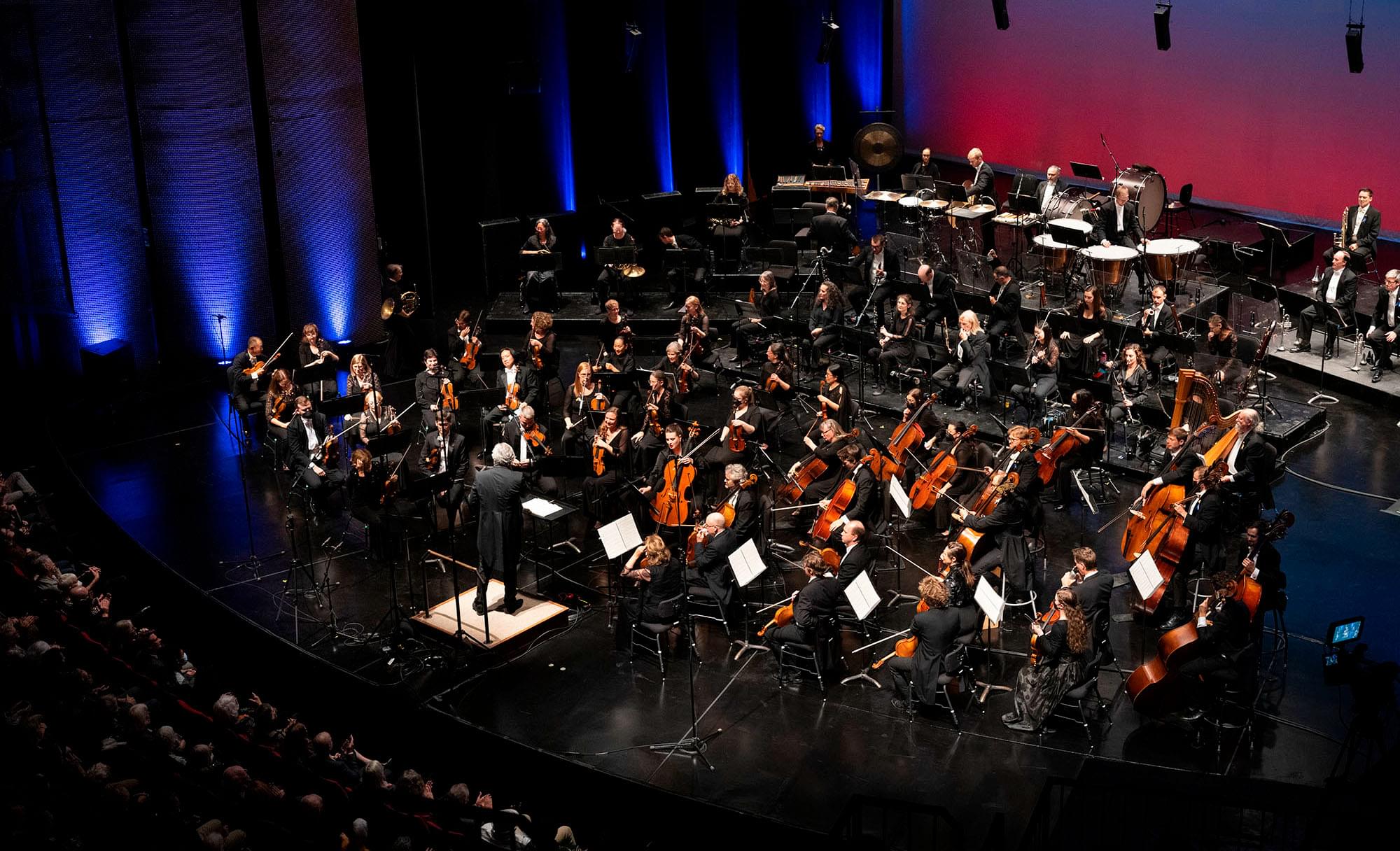
Four Filipino Composers You Should Know About
- News

When it comes to classical music, we usually look to Europe for inspiration. Germany, the home of Beethoven, Bach and Brahms. Austria, the home of Mozart. France, the home of Debussy and Ravel – and so on. But classical composers come from all over the world.

June is Filipino Heritage month in Canada. Throughout the month, events are happening all over the country that recognize and highlight the many invaluable contributions Canadians of Filipino Heritage make each and every day.
Here are four Filipino composers you should know about:

Rosalina Abejo
Born in Tagoloan in Misamis Oriental in the Philippines in July of 1922, Abejo was a nun of the Congregation of the Religious of the Virgin Mary. She was also a composer, pianist and conductor and the first Filipina composer and conductor. Her aunt, a nun from the same congregation, was her first music teacher.

Abejo studied composition at the Philippine Women’s University, and in 1977 she moved to the United States, where she studied at the Eastman School of Music and The Catholic University of America. She was the first nun to direct and conduct symphony orchestras, by permission of Pope John XXIII. She taught composition and music theory at the University of Kansas and St Pius Seminary in Kentucky.
In 1972, when martial law was declared by Ferdinand Marcos in the Philippines through Proclamation No. 1081, Abejo wrote Overture 1081.
Abejo has received a number of honours, including the Republic Culture Heritage Award (1967), Philippines’ Independence Day Award (1973), and being elected President of the Philippine Foundation of Performing Arts in America in 1980.
Sister Maria Rosalina Madroñal Abejo died in Fremont, California June 5th, 1991.
This is Abejo conducting the Philippine Symphony Orchestra:
Ladislao Bonus
The eldest son of Pedro Bonus and Maria Mariano, Bonus was born in Pandacan on June 27, 1854. Motivated by a strong desire to learn, he became so proficient with the violin, cello and viola that he could easily substitute for a player of any of those stringed instruments. He mastered the contrabass and served in the orchestra every time a foreign opera company visited Manila.

In 1887, Bonus formed an opera company in Pandacan. It was composed entirely of Tagalog musicians and singers. The group’s maiden performance was such a success, invitations for it to perform in Manila followed quickly. The opera company won the hearts of the city folks and established Bonus’ reputation in the field of music and earned him the title of “Father of the Filipino Opera”.
In 1888, Bonus joined the Manila Cathedral orchestra. He gave private piano lessons to members of the rich and prominent families not only in Manila but also in the provinces. He conducted the Marikina Orchestra, the Pasig Band, and the Arevalo Band of Quiapo. In 1902, under his direction, the Arevalo Band won first prize during the Regional Exposition in Hanoi.
He was at the height of his illustrious career when he died on March 28, 1908, at the age of 54.
Lucio San Pedro
San Pedro came from a family with musical roots and he began his career early. When he was still in his late teens, he succeeded his deceased grandfather as the local church organist. By then, he had already composed songs, hymns and two complete masses for voices and orchestra.

After studying with several prominent musicians in the Philippines, he took advanced composition training with Bernard Wagenaar of the Netherlands. San Pedro also studied harmony and orchestration under Vittorio Giannini and took classes at Juilliard in 1947.
His other vocation was teaching. He taught at the Ateneo de Manila University, virtually all the major music conservatories in Manila, and at the College of Music of the University of the Philippines, Diliman, where he retired as a full professor in 1978. He later received the title Professor Emeritus from the University in 1979. He also became a faculty member of the Centro Escolar University Conservatory of Music in Manila.
In 1991 President Corazon Aquino proclaimed a National Artist of the Philippines for music.
San Pedro died March 31, 2002 in the Philippines.
Dolores Paterno
Born in 1854, in Santa Cruz, Manila, Philippines, Dolores Paterno was an esteemed composer during the Spanish era. Musically inclined at a young age, she was sent by her parents to the Santa Isabel College, Manila, an all-girls Catholic school. She dedicated much of her time to the study and mastery of music, particularly in piano and composition with Diego Pere.

In 1879, at the age of 25, she composed her only work, ‘La Flor de Manila’ (also known as ‘Sampaguita’). With its romantic melody, the song became a very popular tune and made her a famous woman composer during the time. It was inspired by the poem La Flor de Manila written by Paterno’s mother, Carmen de Vera Ignacio of Manila.
Paterno came from the very wealthy, artistic and creative families Paterno, Molo, and Agustin. Her brother was Dr. Pedro Alejandro Paterno, a Filipino politician, poet, and novelist. Her sisters and stepsisters, Agueda, Jacoba, Paz, Concepcion, and Adelaida, were celebrated painters and jewellers whose works were exhibited at the Exposición Regional de Filipinas in Manila in 1895 and at the St. Louis World’s Fair in 1904. She was also related to the Asuncion brothers, among them Justiniano Asuncion who painted her portrait in 1870.
We can only imagine what else Dolores Paterno would have written. Sadly she was only 27, two years after her huge hit, when she passed away on July 3, 1881.

![20640-WSO-2025-26-Season-Creative-Cello-Festival-Grand-Finale-[960x540]-Mar2025-FNL](https://images.wso.ca/uploads/2025/03/20640-WSO-2025-26-Season-Creative-Cello-Festival-Grand-Finale-960x540-Mar2025-FNL.jpg?resize=480%2C300&gravity)









